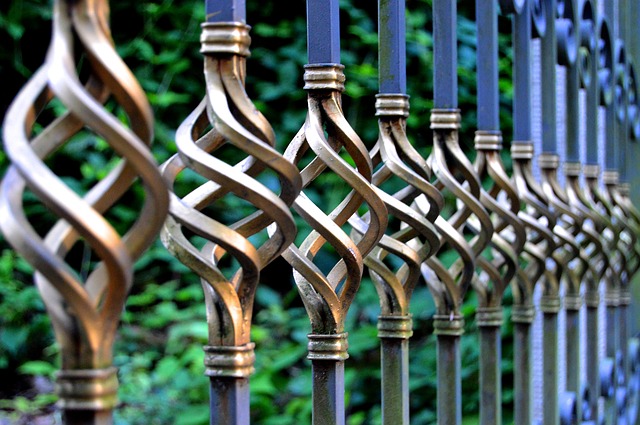Bronze is an absolute favorite when it comes to making decorative fixtures. Whether you need tubes for your customized bed frame or sheets to cover your countertop, bronze is the perfect material. It’s not only an elegant-looking material, but it’s also packed with other properties that attract artisans and builders everywhere. But have you ever wondered how material supplies made of bronze are manufactured? Here’s a glimpse of the process.
There are two ways bronze can be formed into tube, bar, or sheet. One is by casting, a metalworking process in which bronze is melted, poured into mold, and allowed to cool and harden. The other is wrought drawing, which involves heating a block of bronze and working it with tools until the desired shape is achieved. Both techniques have their share of benefits, but you need to choose the one that works better for your needs. Here are some of their prominent differences.
Cost
Production cost for metalworking is based mainly on the complexity and multiplicity of the processes. Since more fabrication techniques are needed for wrought drawing bronze, the initial cost is often higher than that of cast bronze. On the other hand, the cost of making pattern is higher for cast bronze since a pattern must be made for each different cast part design. To make the casting process more efficient, production runs have to consist of many parts at a time.
Weight
Wrought drawing involves nothing more than heating prior to working the metal. The chemical change has a minimal effect on the properties of bronze, including its weight. Whereas, since casting involves melting, the resulting parts are expected to be denser and heavier. The weight increases even more as the metal goes through each heat treat cycle.
Delivery
Wrought bronze is quicker to produce than cast bronze because it doesn’t require long cooling time. In most cases, after the metal is worked and finished, it is immediately available for delivery. The only major cause of delay of wrought bronze production is downtime due to equipment failure. This same issue rarely occurs with casting since it only involves cast and mold, which don’t really need machines to work the product afterwards.
Most bronze tube, sheet, and bar suppliers use both techniques to give customers more options. However, not all of them may have the right skill, facility, and technology needed to produce high quality materials. Go to a trusted supplier like Rotax Metals to make sure that you will be able to obtain products that suit your needs.
Sources:
What’s the Difference Between Cast and Wrought Iron?, machinedesign.com
Cast vs Wrought, rolledalloys.com


